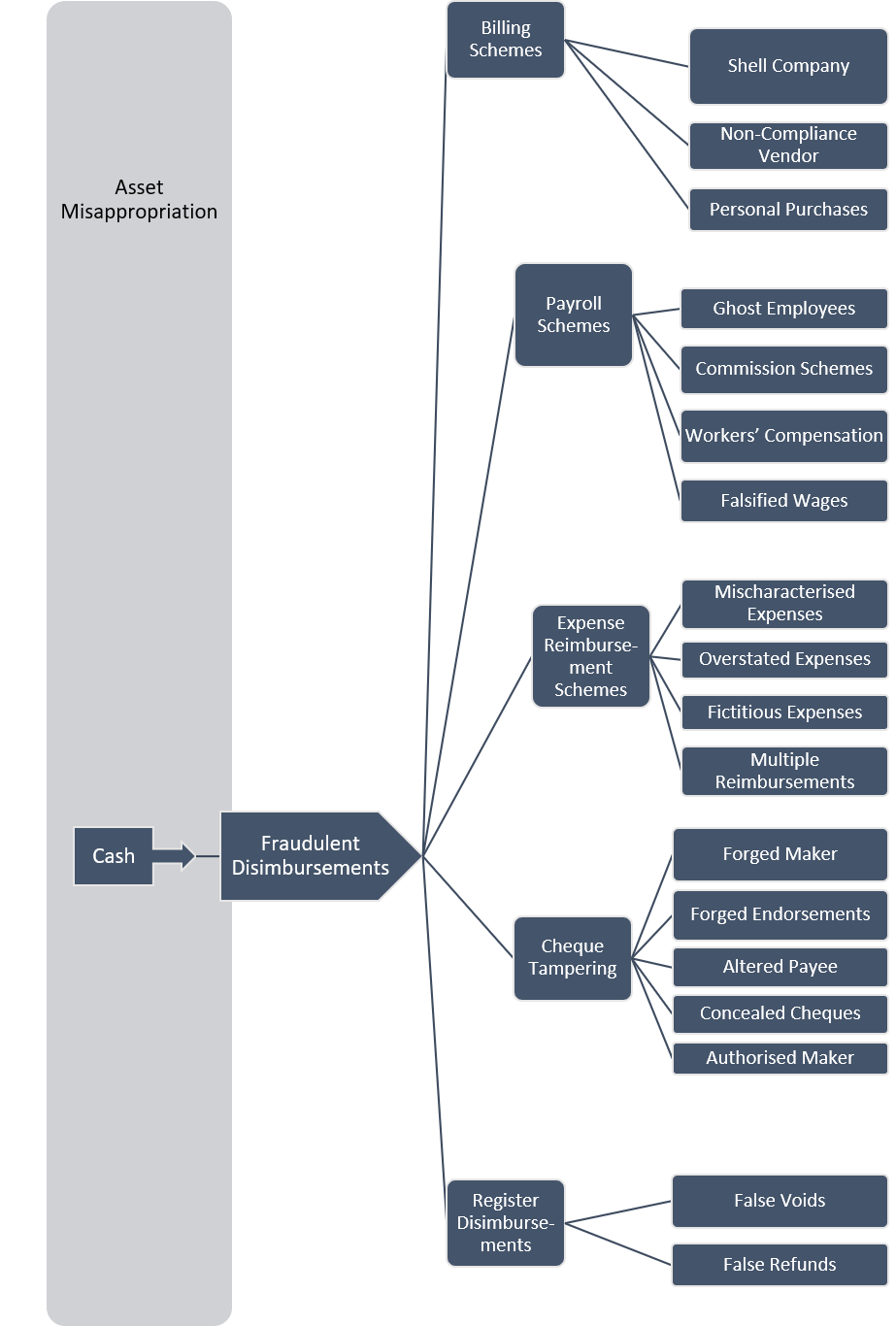Financial risk is normally any risk associated with any form of financing. Risk is probability of unfavourable conditions. In financial sector it is the probability of actual return being less than expected return. There will be uncertainty in every business; the level of uncertainty present is called risk.
Investment Related
Depending on the nature of the investment, the type of 'investment' risk will vary. High risk investments have greater potential rewards, but also have greater potential consequences.
A common concern with any investment is that the initial amount invested may be lost (also known as "capital"). This risk is therefore often referred to as capital risk. If the invested assets are being held in another currency, there is a risk that currency movements alone may affect the value. This is referred to as currency risk.
Many forms of investment may not be readily saleable on the open market (e.g. commercial property) or the market has a small capacity and may therefore take time to sell. Assets that are easily sold are termed liquid: therefore, this type of risk is termed liquidity risk.
Business Related
The risk that a company or project will not have adequate cashflow to meet financial obligations; thus, causing the business to file for liquidation.
Financial risk is the additional risk a shareholder bears when a company uses debt in addition to equity financing. Companies that issue more debt instruments would have higher financial risk than companies financed mostly or entirely by equity.
Whilst higher risk normally implies higher overall rewards, this is not always the case. For example, a high-risk bond client may be required to pay a higher interest rate on their bond repayments in order to be accepted as a bank's customer. However, this higher mortgage rate will in itself increase the risk to the bank that the customer cannot meet their interest payments, further increasing the risk.
This circular risk problem can lead to markets not existing for high risk borrowers. The 2007/8 sub-prime crisis may have some links to this argument. Higher interest rates for high risk borrowers make the borrowers even less likely to be able to pay back the loan, further increasing the default risk.
Fraud
Fraud is the unlawful, intentional making of misrepresentation which causes actual prejudice to another or holds potential prejudice to another.

Corruption

Asset Misappropriation

Fraudulent Statements

Click here to view a video to understand the different types of financial risks organisations can face.